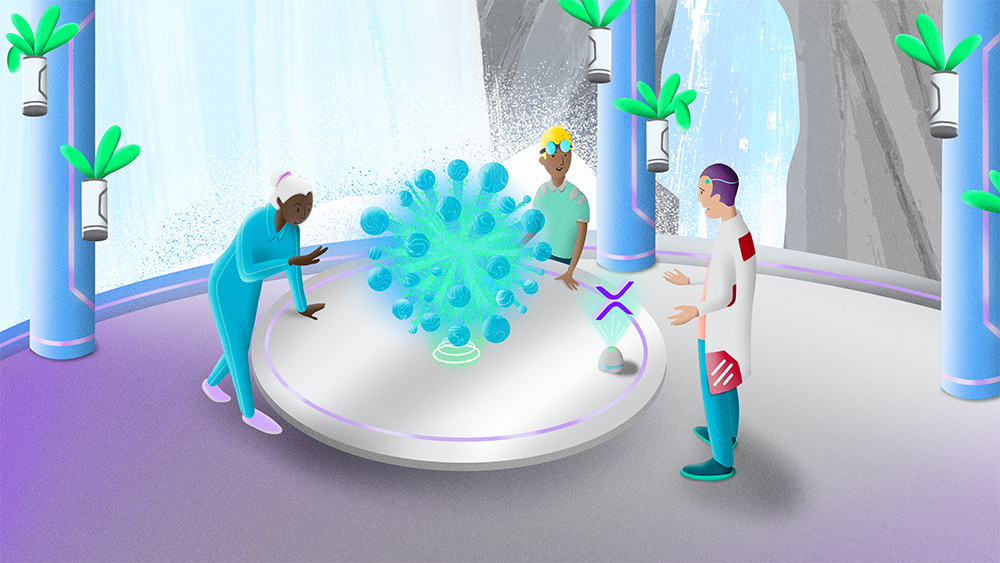Lesson 7
Intro to new innovations on the XRPL
Exciting ways that the XRPL is evolving

The XRP Ledger (XRPL) is powered by a global community of builders, developers, creators, validators, and innovators. As such, the XRPL is constantly evolving with new innovations that align with the values of decentralization, security, sustainability, and scalability.
New features are added to the XRPL through the amendment process, which uses the core consensus process of the network to approve any changes by showing continuous support before those changes go into effect. An amendment requires 80% support for two weeks before it is applied.
Check out three initiatives to expand the XRPL below that have the community excited.
Hooks

Hooks is a proposal that would add smart contract functionality to the XRPL if it is accepted. Hooks are small pieces of code that allow logic to be executed before and/or after transactions.
Example: a bank could add a hook to only accept payments from a specific list of addresses to ensure that it only receives money from known entities in order to be compliant with regulations.
More info about Hooks can be found here: https://xrpl-hooks.readme.io/
NFTs

You’ve probably heard of NFTs—they are all the rage these days. With the now approved NonFungibleTokensV1_1 amendment, anyone is now able to mint, trade, or burn NFTs (and more) on the XRP Ledger Mainnet, as well as test code on the Testnet or Devnet.
The NFT-Devnet is a test network running experimental code to support NFTs natively on the XRPL. Here, developers can experiment with advanced features before they become active on the Mainnet (XRPL).
The great thing about NFTs on the XRPL is that they’re built on top of the existing infrastructure, which makes them secure, as well as economically and environmentally sustainable.
In the next course, you can learn how to mint and trade NFTs on the XRPL.
Sidechains
A sidechain is a separate network that runs in parallel to the main network (XRPL). Sidechains are connected to the main network through a two-way peg, which allows for assets to be moved back and forth between the two networks with ease.
Once fully developed, businesses will be able to use sidechains to create their own custom ledger while still interoperating with the XRPL.
More info about sidechains can be found here: https://xrpl.org/federated-sidechains.html#federated-sidechains
